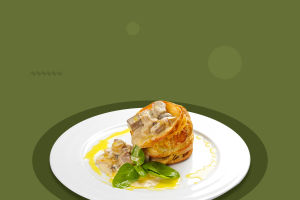White Feathers
There are 13 species of egrets, of which there are four species: Great egret, middle egret, little egret and yellow-billed egret. The egret is medium in size, about 60-90cm in length, and has a snow-white body. It flies lightly and has a graceful attitude.
Its morphological characteristics.
It is distinguished from the Cattle Egret by its larger and slender body, black bill and legs, yellow toes, pure white feathers during breeding, slender nape feathers, and elongated back and thorax feathers.
The feathers of egrets are very valuable, and the feathers are mostly white. During the breeding season, there are long decorative wedding feathers. Habits are broadly similar to other herons, but some species have courtship displays, including the display of their feathers.
Distribution range.
They live mainly in central and southern Asia, southern Europe, Africa and Australia.
Habitat.
Often inhabits coastal islands, coasts, bays, estuaries and nearby rivers, lakes, ponds, streams, rice fields and swamps.
Living habits.
Food.
It mainly feeds on a variety of small fish, but also eats animal food such as shrimp, crab, tadpoles and aquatic insects.
It usually walks along rivers, salt or rice fields while pecking. It has a long mouth, a long neck, and long legs, which are very convenient for preying on animals in the water.
Way of prey.
When preying, it gently waded forward, watched the small animals swimming in the water for a moment, and then suddenly pecked the surface of the water with its long beak, and accurately pecked the food into its mouth.
Sometimes they often stand at the water's edge, waiting for an opportunity to catch passing fish.
Activity.
They like to live in groups. During the day, there are usually 3-5 or more than 10 playing in the shallow water beside the water, and at night there are dozens, hundreds or even thousands of them playing together.
Breeding Season.
During the breeding season, the egret will grow two long feathers on its body, a spear-like long feather on its chest and a silky sable on its back. After breeding, these feathers shed.
Usually 3 to 6 eggs are laid per litter. The entire incubation period is 24-26 days.
During the incubation period, the hatching eggs are replaced by the parents in turn during the day. At night, the mother bird remains in the nest, while the parent bird perches on a branch next to the nest. Take turns out foraging.
Natural enemy.
The natural enemy of egrets is eagles.
They often stand on one foot in the water, with the other foot tucked into their abdomen, and their heads hunched back into a hump. When walking, the gait is light and steady, appearing to be unhurried.


